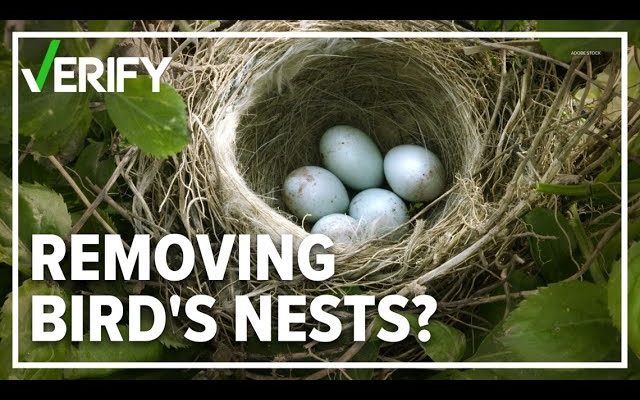4 Ways to Kill Lake Weeds

Lake weeds can be a persistent problem that impacts the overall health and aesthetics of a lake. They can be invasive, grow rapidly, and hinder recreational activities such as fishing, swimming, and boating. In this article, we will discuss four effective ways to kill lake weeds and restore the natural beauty of your lake.
1. Mechanical Removal
One of the most straightforward ways to remove lake weeds is through mechanical means. Depending on the size of the infestation, you can either use hand tools such as rakes and cutters or opt for larger machinery like weed harvesters. Rakes are great for small areas with lightweight weed varieties, while weed harvesters work well in larger areas with dense weed growth. Be sure to remove the harvested weeds from the water to prevent them from spreading and regrowing.
2. Biological Control
Another eco-friendly option is to introduce biological control agents, such as grass carp or beetles, which feed on specific aquatic plants and help control their growth rate. Grass carp are voracious eaters of many submerged aquatic plants; however, it’s essential to stock them according to your lake’s size and plant density. Additionally, always consult with local wildlife experts before introducing any new species into your water body to ensure proper balance and avoid any unintended consequences.
3. Chemical Control
Using herbicides is another popular method for managing lake weeds; however, it’s crucial to choose the right product based on the specific weed species you’re targeting. It’s also essential to apply these chemicals according to label directions for maximum effectiveness and minimum environmental impact. Keep in mind that using herbicides may require permits from local authorities and have restrictions regarding their use in water bodies that serve as drinking sources.
4. Aeration & Water Circulation Systems
Introducing an aeration system or water circulation system can help prevent weed growth by increasing oxygen levels in the water column and disrupting stagnant conditions. These systems can also help in maintaining nutrient balance, removing excess nutrients that contribute to weed and algae growth. In addition, water circulation systems can disperse plants and inhibit their growth by creating currents that prevent them from establishing themselves.
In conclusion, a combination of mechanical, biological, chemical, and aeration methods is often the best approach to kill lake weeds effectively and ensure a healthy aquatic environment. Carefully consider which method or combination of methods will work best for your specific situation, always working in compliance with local regulations and seeking expert advice when needed. With proper management, you can restore and enjoy the natural beauty of your lake without the nuisance of invasive lake weeds.

